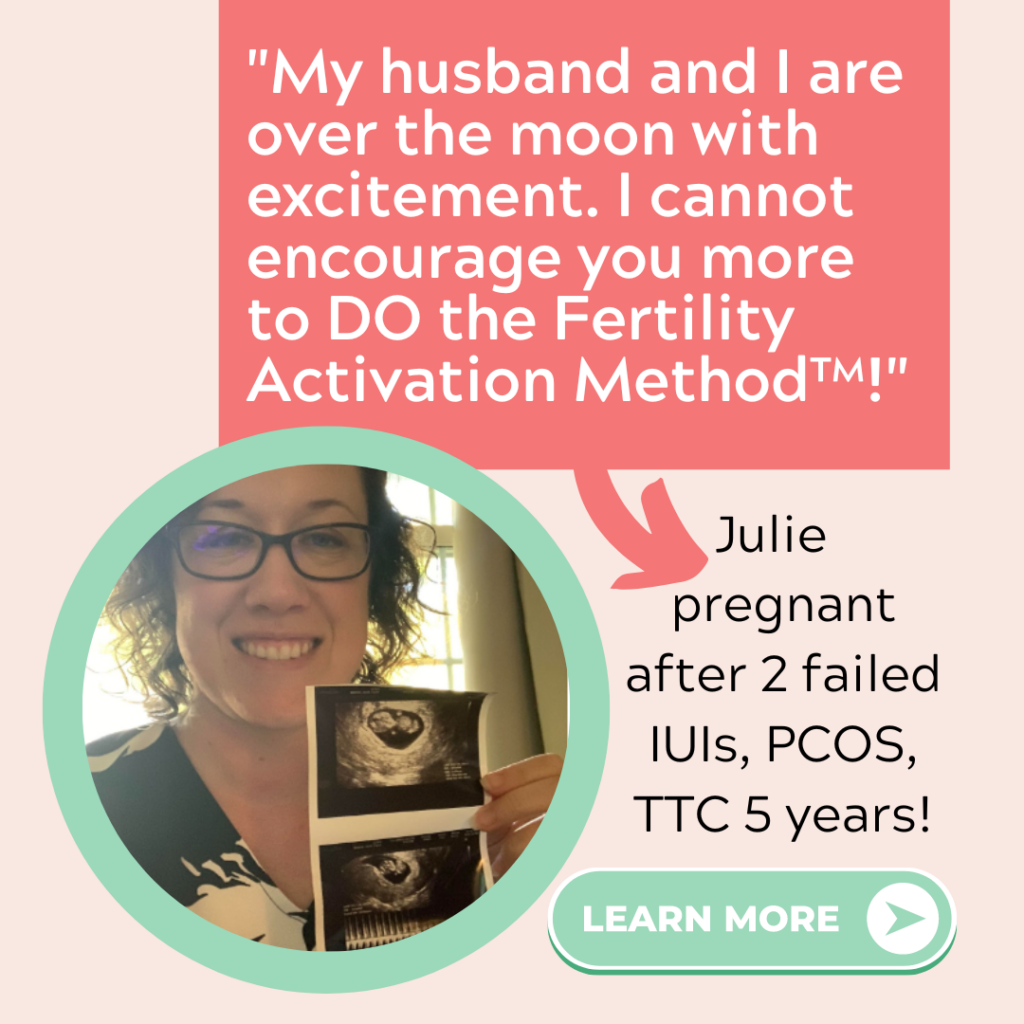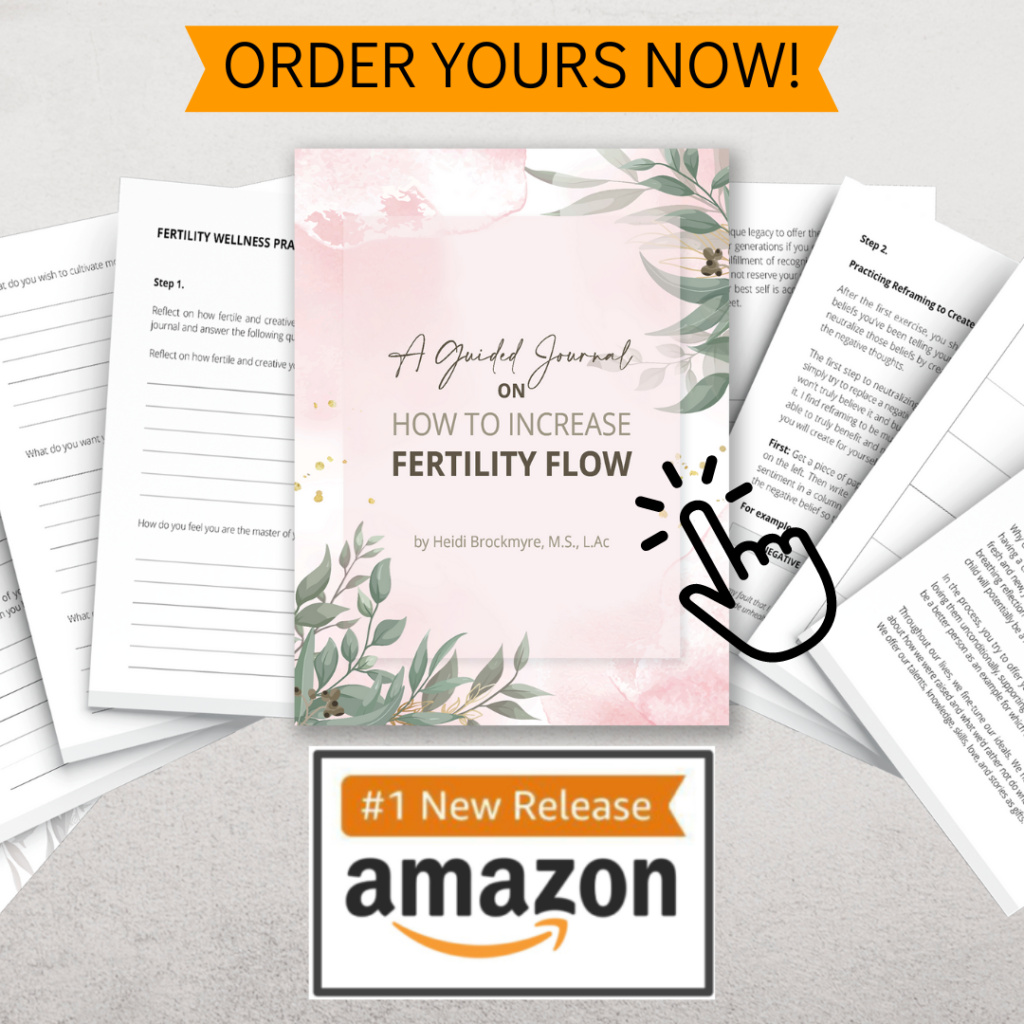
WANNA GRAB MY
FREE & SIMPLE
FERTILITY ACTIVATION CHECKLIST?
Follow these simple steps & get pregnant the easier, healthier & more affordable way!

WANNA GRAB MY FREE & SIMPLE FERTILITY ACTIVATION CHECKLIST?
Follow these simple steps & get pregnant the easier, healthier & more affordable way!
"Ovulation and Cycle Tracking"
I’ve found that my fertility clients who understand how to track their cycles using the wisdom of Chinese medicine not only get pregnant faster, but also feel a renewed sense of hope and a deeper trust in their bodies’ ability to conceive while they’re trying.
From a Traditional Chinese Medicine (TCM) point of view, tracking your cycle includes:
- Taking your temperature
- Noting daily symptoms (like headaches, fatigue, digestive issues, breast tenderness, moodiness etc.) throughout your cycle from day 1 of your period through day 1 of your next period
- Taking a urine test to look for hormone changes (LH surge at a minimum)
By doing the above, you’ll get an overall birdseye view of your cycle and you’ll be able to see what your imbalances are from a Chinese medicine perspective, and then you can use the FAM tools to correct your imbalances, measure progress, see improvements, and know you’re on the path to pregnancy.
For instance, if you experience low back pain, from a Chinese medicine perspective, you may have Kidney Yang Deficiency. This means that your “reproductive fire”, so to speak, may be weak, in which case you lack the warmth and function to produce enough ovulation-promoting hormones to mature your egg and successfully release it from your ovary.
If you experience bloating and breast tenderness, you may have Liver Qi Stagnation, meaning your Liver energy is backed up and cannot smoothly distribute blood, hormones and energy to your reproductive organs.
If you see spotting with your period, you may have Blood Stasis. In other words, blood is not flowing efficiently to and from your uterus and ovaries. Old blood may get stuck and block the tubes, ovaries, or gather on the uterine wall. Mid-cycle spotting may be a sign of this as the egg releases and causes old blood to discharge.
By keeping track of your cycle, you can observe which ovulation symptoms may be related to hormone imbalances, and see how everything is interconnected.
There are also several fertility tracking devices on the market that can help you monitor your cycle more closely, ranging from simple ovulation predictor kits to more advanced tools like fertility monitors and wearable devices that track your basal body temperature throughout the day. Each of these devices has its own unique features and benefits, so it’s important to do your research and find the one that’s right for you. See below for a few of my favorites!
Ava Fertility Tracker
The Ava bracelet is an FDA cleared fertility tracking bracelet that can identify up to five out of the six most fertile days in a cycle. It is worn to bed and synced with the app in the morning, making it very easy to track your cycle and make daily notes. It also tracks sleep quality, which is essential for supporting fertility. However, it requires being connected to wifi while sleeping, which may be a concern for some users. While the Ava bracelet is a helpful tool, it is still recommended to use some type of urine tests to measure hormonal changes along with it. Additionally, individuals who want to use the Ava bracelet must want to conceive, have a cycle length within the range of 24 to 35 days, and not have an implanted electronic device.
Tempdrop
Tempdrop is a wearable device that is worn on the upper arm during sleep, and it syncs with an app to track and chart basal body temperature (BBT). The app can verify ovulation by tracking other symptoms, but users must analyze the data themselves unless they pay for an upgrade that provides automatic interpretation of the chart. Unlike Ava, Tempdrop does not track the fertile window or other physiological data, and it determines ovulation after the fact for future reference. It may be better suited for those with irregular or longer cycles, such as those with PCOS. However, the author of a review on Tempdrop still prefers Ava despite having PCOS. Like Ava, Tempdrop requires wifi connectivity during sleep.
Daysy
Daysy tracker is a fertility tracker that is used by placing a sensor under the tongue every morning. It logs the temperatures and provides a color-coded status symbol in the app indicating the probability of ovulation. The device is essentially a thermometer that makes data tracking and analysis easier. It does not require a wifi connection. Daysy is recommended for those with cycle lengths longer than 35 days who can manage taking their temperature every morning. Tempdrop is an alternative for those who find taking their temperature every morning too cumbersome. However, Ava is the best option for those with a regular 28-35 day cycle.
Inito
The Inito device is a non-wearable urine test that measures estrogen, LH, and progesterone levels to confirm ovulation. It is recommended for those with PCOS and seems more thorough than the Oova device. However, daily temperature tracking is still recommended for FAM users to learn more about their cycle patterns and improve fertility. The temperature tracking can be done with a simple store-bought thermometer or one of the other devices mentioned. Cross-checking hormones with temperature is also recommended, even when using the Ava bracelet.
Tracking your cycle using the wisdom of TCM can help you understand your imbalances and correct them using FAM tools. By tracking your temperature, noting daily symptoms, and taking a urine test to look for hormone changes, you can get an overall view of your cycle and see how everything is interconnected. Additionally, there are several fertility tracking devices available in the market that can help you monitor your cycle more closely, including the Ava Fertility Tracker, Tempdrop, Daysy, and Inito. Each device has its own unique features and benefits, and it’s important to do your research and find the one that’s right for you. By combining TCM with modern technology, you can increase your chances of getting pregnant while feeling more hopeful and trusting in your body’s ability to conceive.





